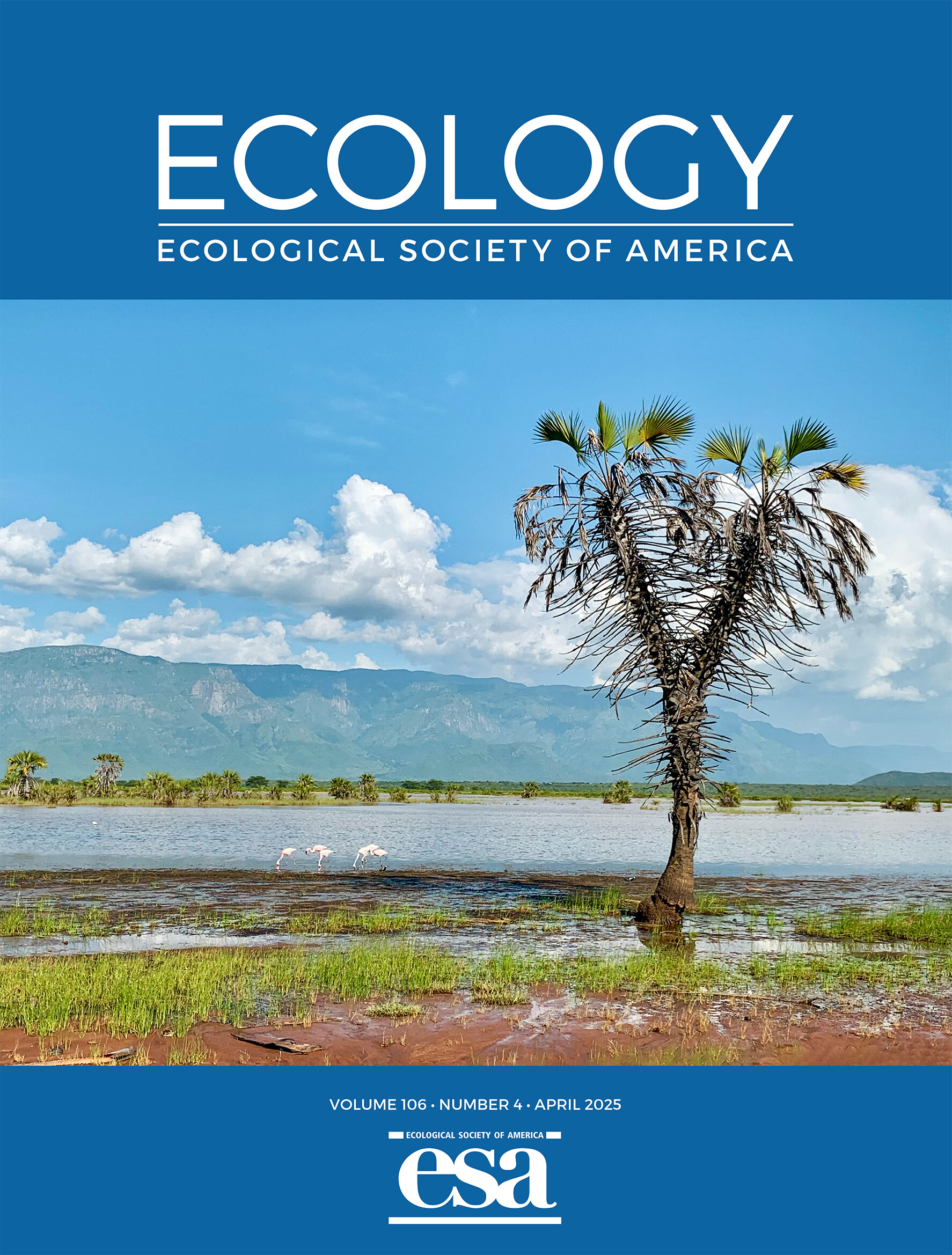We recently studied the microbial strategies of environmental adaptation, which is now published in Ecology. We sampled the microbes in saline and freshwater lakes in Tanzania during 2020, and examined the microbes with metagenomics. We are also delighted to see this paper was featured as Cover Image of the journal.
Here is a summary of this study:
This study investigates how microbial communities adapt to environmental stresses, particularly pH, by analyzing taxonomic and functional traits from metagenomic data of water and sediment samples from 20 East African lakes. The lakes span a wide pH range (7.2 to 10.1), allowing for analysis of microbial trait-environment relationships (TERs).
Using a genome-centric approach, researchers identified functional traits associated with microbial adaptation to alkaline and saline conditions, including mechanisms for pH homeostasis, osmotic regulation, and cell structure modification. From these traits, the authors developed a novel Index of Environmental Adaptation (iEA), which quantifies a species’ capacity to adapt to environmental stress based on the weighted influence of specific genomic traits.
The index showed strong correlations with microbial pH optima both regionally and globally and was further validated across salinity and temperature gradients. These findings underscore the utility of genome-based traits in predicting microbial adaptation and contribute to a broader understanding of microbial ecology and biogeography under global environmental change.
How to cite
Ren, Minglei, Ang Hu, Zhonghua Zhao, Xiaolong Yao, Ismael Aaron Kimirei, Lu Zhang, and Jianjun Wang. 2025. “ Trait–Environmental Relationships Reveal Microbial Strategies of Environmental Adaptation.” Ecology 106(3): e70047. https://doi.org/10.1002/ecy.70047
